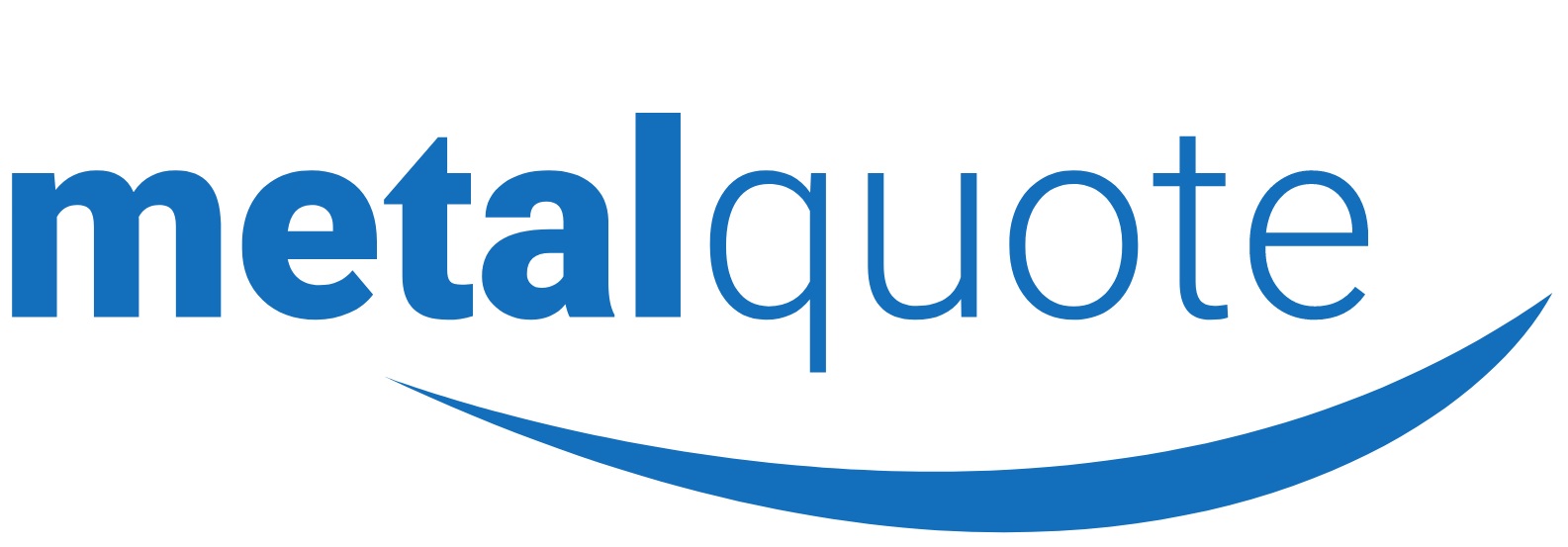SMM reported that Chinese authorities raised concerns about potential excess capacity across the alumina industry at the end of 2018, citing numerous projects in the pipeline. The National Development and Reform Commission and the Ministry of Industry and Information Technology jointly issued the Notice of Promoting Orderly Development of Alumina Industry on December 28, in a bid to control excessive expansion and lower the risks of overcapacity.
Factors, including the Rusal sanctions, the partial closure of Norsk Hydro’s Alunorte alumina plant in Brazil, output addition at aluminium plants in North America and Europe, the strike at Alcoa’s Western Australia operations, pushed up alumina prices in 2018. This prompted many domestic firms to plan new alumina projects.
China’s output of alumina stood at about 70.31 million tonne in 2018, nearly triple the 24.38 million tonne in 2009, SMM data showed. Alumina capacity expanded by some 5.43 million tonne in 2018, after growing by 6.8 million tonne in 2017.
Prices of alumina fell in the fourth quarter of 2018, following the agreement between Hydro and Brazilian authorities, the end of Alcoa strike, looser winter curbs in China, supply cuts across Chinese aluminium producers and a closed export arbitrage window.
SMM assessments showed that prices of alumina stood at CNY 2,928 per tonne as of January 7, down close to 12% from the 2018 peak of CNY 3,321 per tonne.
SMM expects further downside room for alumina prices, but supply tightness overseas is likely to strengthen prices of alumina in 2019 after prices weaken. The peak of 2019 is unlikely to exceed CNY 3,300 per tonne.

